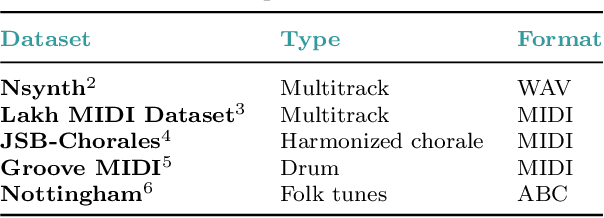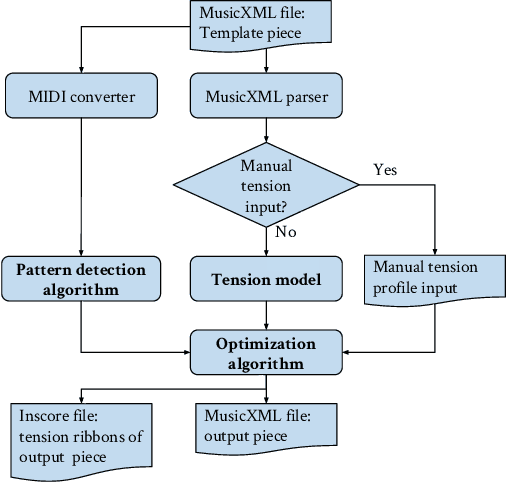Maoqing Zhang
In2SET: Intra-Inter Similarity Exploiting Transformer for Dual-Camera Compressive Hyperspectral Imaging
Dec 20, 2023Abstract:Dual-Camera Compressed Hyperspectral Imaging (DCCHI) offers the capability to reconstruct 3D Hyperspectral Image (HSI) by fusing compressive and Panchromatic (PAN) image, which has shown great potential for snapshot hyperspectral imaging in practice. In this paper, we introduce a novel DCCHI reconstruction network, the Intra-Inter Similarity Exploiting Transformer (In2SET). Our key insight is to make full use of the PAN image to assist the reconstruction. To this end, we propose using the intra-similarity within the PAN image as a proxy for approximating the intra-similarity in the original HSI, thereby offering an enhanced content prior for more accurate HSI reconstruction. Furthermore, we aim to align the features from the underlying HSI with those of the PAN image, maintaining semantic consistency and introducing new contextual information for the reconstruction process. By integrating In2SET into a PAN-guided unrolling framework, our method substantially enhances the spatial-spectral fidelity and detail of the reconstructed images, providing a more comprehensive and accurate depiction of the scene. Extensive experiments conducted on both real and simulated datasets demonstrate that our approach consistently outperforms existing state-of-the-art methods in terms of reconstruction quality and computational complexity. Code will be released.
A Review of Intelligent Music Generation Systems
Nov 22, 2022



Abstract:Intelligent music generation, one of the most popular subfields of computer creativity, can lower the creative threshold for non-specialists and increase the efficiency of music creation. In the last five years, the quality of algorithm-based automatic music generation has increased significantly, motivated by the use of modern generative algorithms to learn the patterns implicit within a piece of music based on rule constraints or a musical corpus, thus generating music samples in various styles. Some of the available literature reviews lack a systematic benchmark of generative models and are traditional and conservative in their perspective, resulting in a vision of the future development of the field that is not deeply integrated with the current rapid scientific progress. In this paper, we conduct a comprehensive survey and analysis of recent intelligent music generation techniques,provide a critical discussion, explicitly identify their respective characteristics, and present them in a general table. We first introduce how music as a stream of information is encoded and the relevant datasets, then compare different types of generation algorithms, summarize their strengths and weaknesses, and discuss existing methods for evaluation. Finally, the development of artificial intelligence in composition is studied, especially by comparing the different characteristics of music generation techniques in the East and West and analyzing the development prospects in this field.
 Add to Chrome
Add to Chrome Add to Firefox
Add to Firefox Add to Edge
Add to Edge